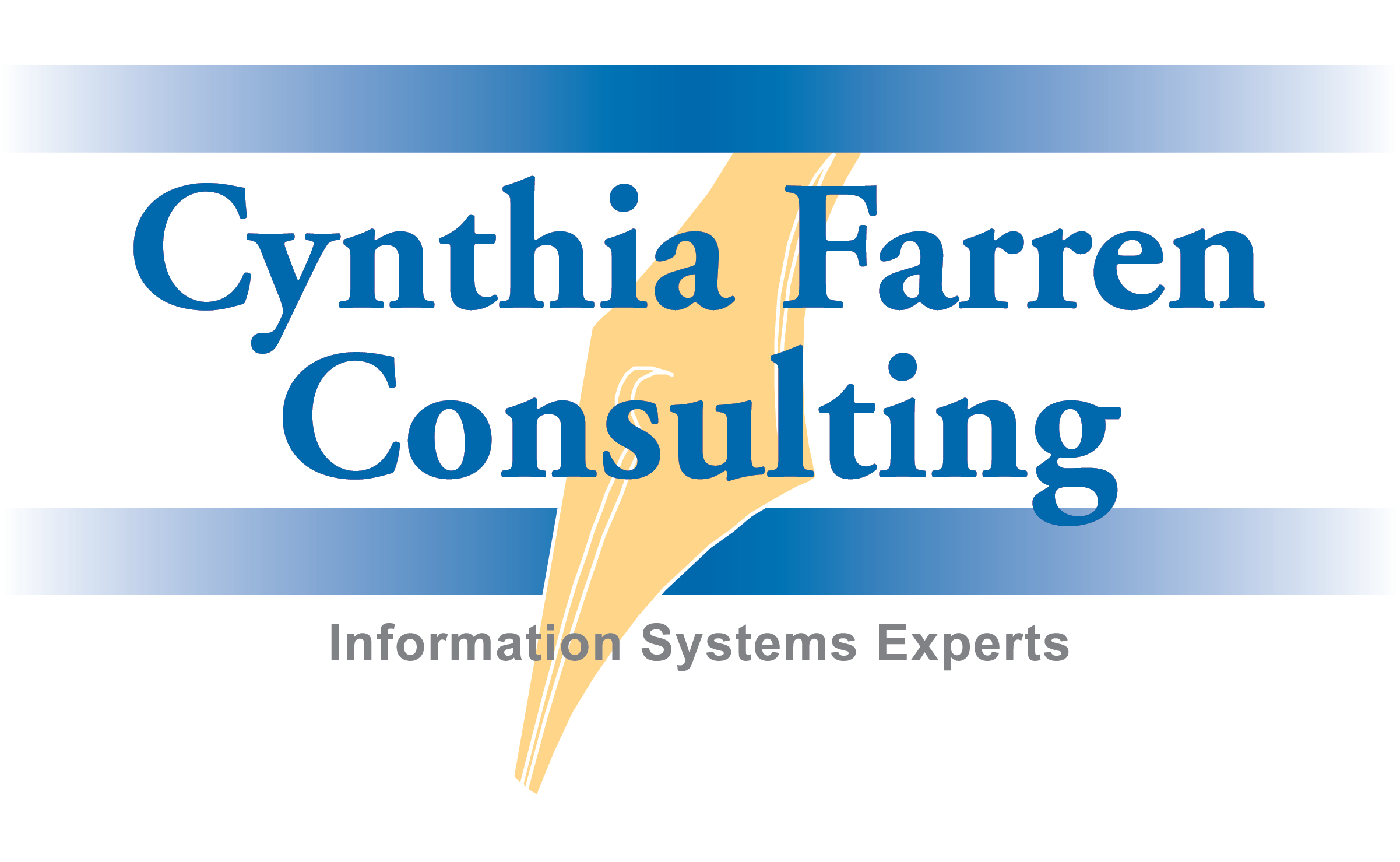Software Asset Management (SAM) not only makes good business sense (lowers cost of software ownership, is integral to good security and enhances the productivity of technology workers) but it is also a key component in most of the regulatory and industry compliance requirements facing businesses today.
OK, I stretch on a few like HIPAA and Gramm-Leach-Bliley (GLB)…you can technically comply with these without SAM as long as you have hardware asset management, but still – you need to know where your computer assets are, who has access to them and be able to restrict what data can be loaded onto them.
But for Sarbanes Oxley (SOX) and the Payment Card Industry (PCI) Standards, it goes beyond that to actual SAM.
For SOX, there is a COBIT™ control objective which loosely states “Ensure that only appropriate software is installed in the environment”. Well, if you take that apart (which your auditors do…) then “appropriate” would mean (a) that you know what is appropriate and what is not, (b) that you have this documented somewhere, and (c) that it is licensed correctly. Additionally, to prove that you comply you need to be able to show what is installed in your environment and prove that you have a process that is documented and followed for periodically checking this information.
For PCI, you need to maintain a vulnerability program which has two requirements: (1) use and regularly update anti-virus software and (2) develop and maintain secure systems and applications. Both of these requirements come with a list of required items but basically it comes down to being able to ensure that every system has the most up-to-date virus protection and the latest approved security patches for all applications running on those systems. How do you ensure this information if you (a) don’t know what’s installed and where, and (b) don’t have a way of verifying what patch level it is at?
SAM makes good business sense, and it is required by many of the major regulatory/industry compliance requirements…so why are so many companies still avoiding it? Why the piecemeal approach that I see so often in the business place? Why do CIO’s and CFO’s eyes roll back in their heads when you mention SAM? I realize IT staffs are frequently overloaded and often do not have the necessary current information to maintain a SAM program – but isn’t that why we outsource?
Would love your insights…
